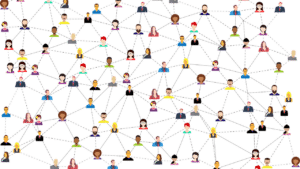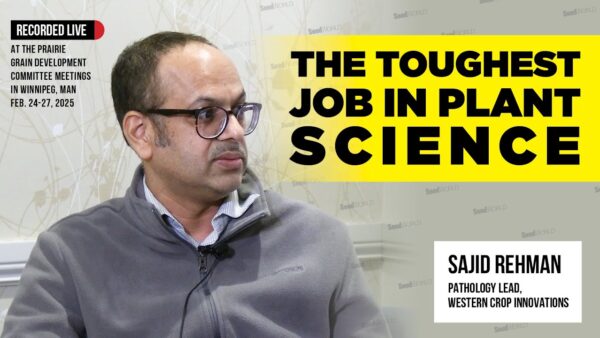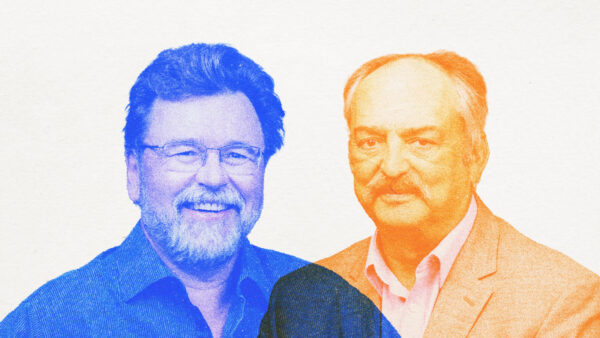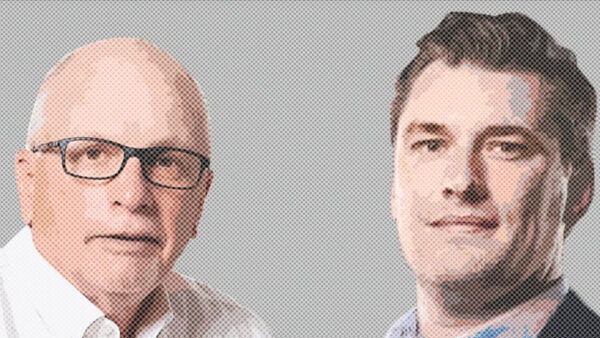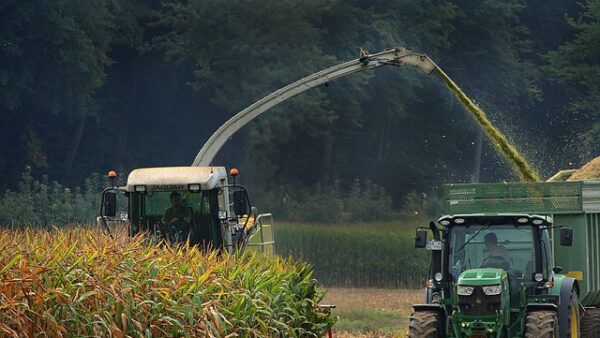The workforce is in the midst of a change. One of the largest generations are about to exit the workforce for retirement, while an entirely new generation is just beginning to enter the job market.
According to the U.S. Census Bureau, by 2030, all baby boomers will be age 65 or older — which accounts for 73 million people in the U.S. Over the last decade, the 65-and-older population grew by over a third — up 34.2 per cent during the last decade and by 3.2 per cent from 2018 to 2019. Unfortunately, the surge in those 65-and-up number has outpaced the growth in the working-age population.
What does that mean for the seed industry?
“We’ve known this was going to be happening for the last while. We knew at some point that generation was going to want to retire,” says Mark Waschek, president of Ag1 Source. “Despite the current stock market and economy conditions, for the last two or three years, the stock market has done phenomenally well. The pandemic created the opportunity or the environment for a lot of folks to not only retire, but also retire early.”
Though plenty of companies offered early retirement packages during the pandemic, the workforce hasn’t recovered to pre-pandemic levels. The Millennial and Gen Z generations are significantly smaller than the Boomer generation, it makes talent replacement that much more difficult.
Though it’s not appropriate to walk up to an employee and say: “Hey, you’re thinking about retiring, right?” You can start to prepare and acknowledge the need for succession planning in your organization.
“Organizations that are able to create the best succession plans treat it as more of a replacement plan,” Waschek says, noting that this often involves the person that’s going to be retiring to help coach the replacement, if possible.
One of the toughest problems with a mass exodus of retirees is the knowledge gap created in your business. Aside from the talent gap, Waschek says the next biggest challenge in succession planning comes from the time and knowledge gap.
“People are being asked and are given the opportunity to move up in responsibility faster than before,” he says. “After just a year or two, people are being asked to step up because the organization needs them to step up, and that’s a massive shift in experience and in the time to get to know the market and the ins and outs of the organization.”
When it’s time to move people up a little sooner than normal, Waschek says you have to be ready to invest in them. That means companies need to be ready to invest as soon as the hire is made — from there, you start grooming them and training them to be able to move into a new role quicker.
But, to invest in those new roles and new hires, it’s important to remember what generational differences come into play. While Baby Boomers have a more traditional idea of value in the marketplace — being the idea that you work hard and build up experience that you’ve earned — newer generations don’t necessarily measure a key metric of success as the number of hours in a work week.
“When you’re interviewing this current generation that’s in college, you better be prepared to answer some pretty tough questions about what impact they are going to have,” Waschek says. “They aren’t just looking for a job — let’s be honest, there’s plenty of jobs out there in the seed world. They have the mindset of: ‘I want to find the best job and I want to find a company that recognizes my net worth. I want to make sure it makes an impact in the company and the world.'”
While our industry is full of technical know-how — the seed placement, the technology behind the seed, how to position products, etc. — it’s not the only thing companies need to be investing in with new hires. Investing in other areas, such as management training, is just as important as the technical knowledge.
“I challenge a lot of organizations to look at their investment in training, and a lot of companies might be shocked to see that middle management is typically a gap in training,” Waschek says. “When I’m talking about investment training, I’m talking about what were the types of things that make good managers better — and a lot of this training is to help understand generational differences. Everyone has a different personality and style and learning how to communicate with those people is going to be even more important in the future.”
Read More:
ISF Announces New Event to Encourage the Next Generation of Leaders
Germination’s Next-Gen Leaders
We Owe it to Future Generations to Deal Proactively with Regulatory, Political Challenges




